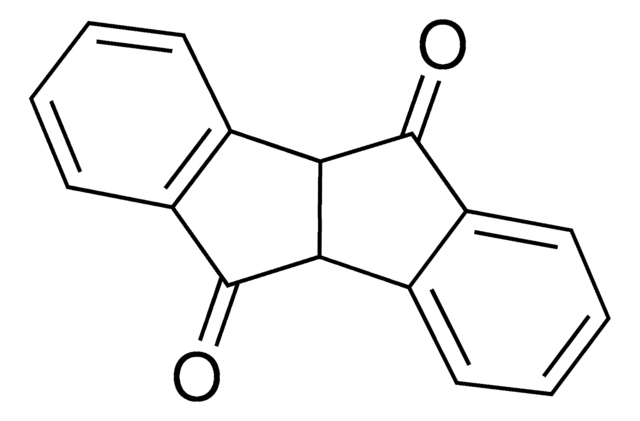おすすめの製品
グレード
certified reference material
TraceCERT®
認証
EPA 8330
特徴
standard type calibration
濃度
1000 μg/mL in acetonitrile
テクニック
HPLC: suitable
gas chromatography (GC): suitable
アプリケーション
environmental
フォーマット
single component solution
保管温度
2-8°C
InChI
1S/C7H7N3O4/c1-4-6(8)2-5(9(11)12)3-7(4)10(13)14/h2-3H,8H2,1H3
InChI Key
IEEJAAUSLQCGJH-UHFFFAOYSA-N
アプリケーション
その他情報
法的情報
シグナルワード
Danger
危険有害性情報
危険有害性の分類
Acute Tox. 4 Dermal - Acute Tox. 4 Inhalation - Acute Tox. 4 Oral - Eye Irrit. 2 - Flam. Liq. 2
保管分類コード
3 - Flammable liquids
WGK
WGK 2
引火点(°F)
35.6 °F - closed cup
引火点(℃)
2.0 °C - closed cup
適用法令
試験研究用途を考慮した関連法令を主に挙げております。化学物質以外については、一部の情報のみ提供しています。 製品を安全かつ合法的に使用することは、使用者の義務です。最新情報により修正される場合があります。WEBの反映には時間を要することがあるため、適宜SDSをご参照ください。
毒物及び劇物取締法
劇物
消防法
第4類:引火性液体
第一石油類
危険等級II
水溶性液体
労働安全衛生法名称等を表示すべき危険物及び有害物
名称等を表示すべき危険物及び有害物
労働安全衛生法名称等を通知すべき危険物及び有害物
名称等を通知すべき危険物及び有害物
Jan Code
47749-U:4548173157481
最新バージョンのいずれかを選択してください:
ライフサイエンス、有機合成、材料科学、クロマトグラフィー、分析など、あらゆる分野の研究に経験のあるメンバーがおります。.
製品に関するお問い合わせはこちら(テクニカルサービス)![2,4-ビス[4-(N,N-ジフェニルアミノ)-2,6-ジヒドロキシフェニル]スクアリン 98%](/deepweb/assets/sigmaaldrich/product/structures/303/054/d8b9c845-3623-4f5a-8a30-ab6731034171/640/d8b9c845-3623-4f5a-8a30-ab6731034171.png)










